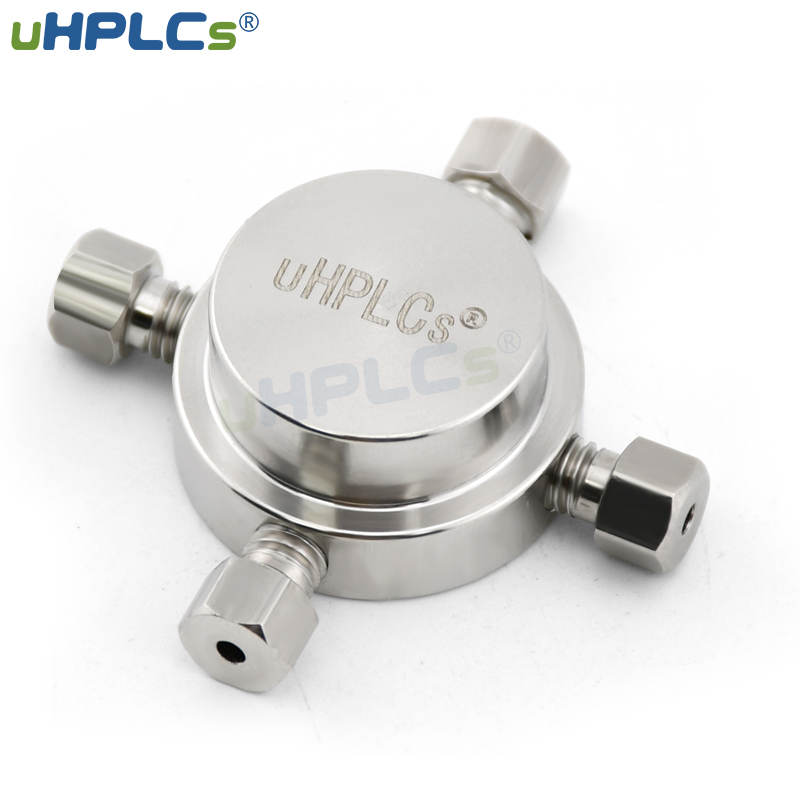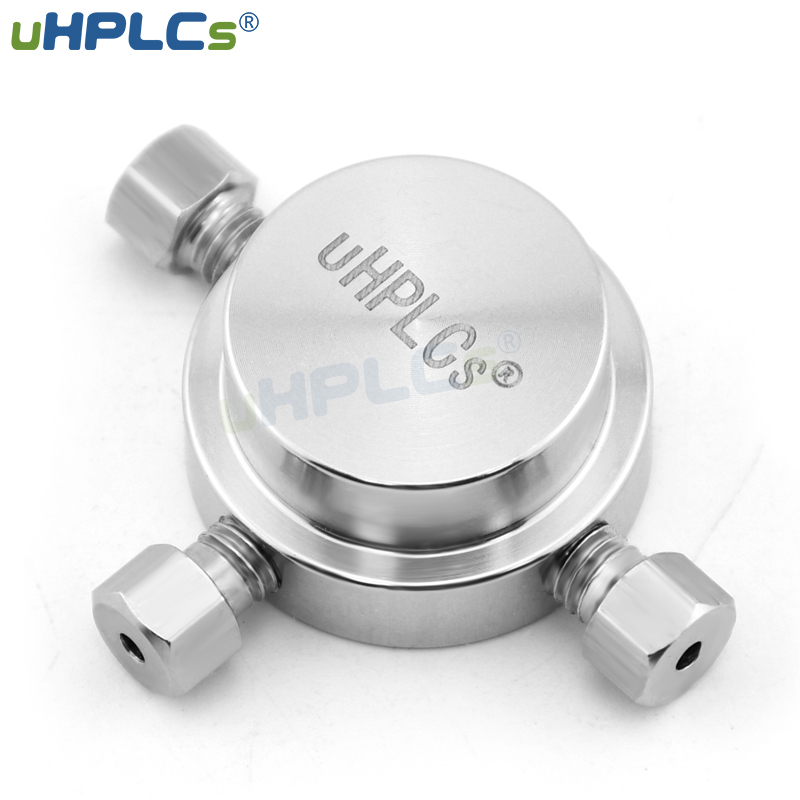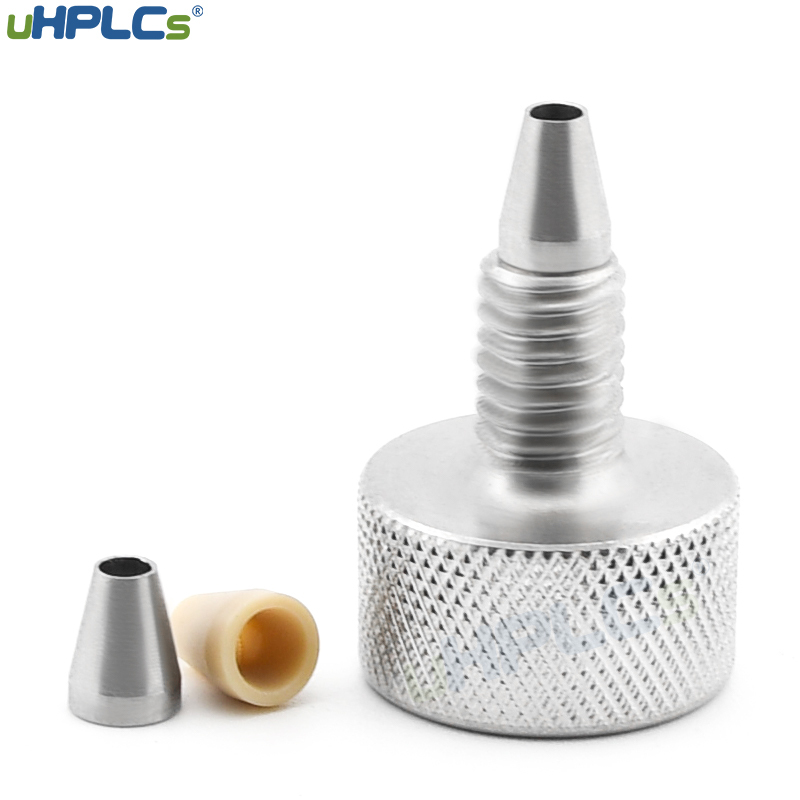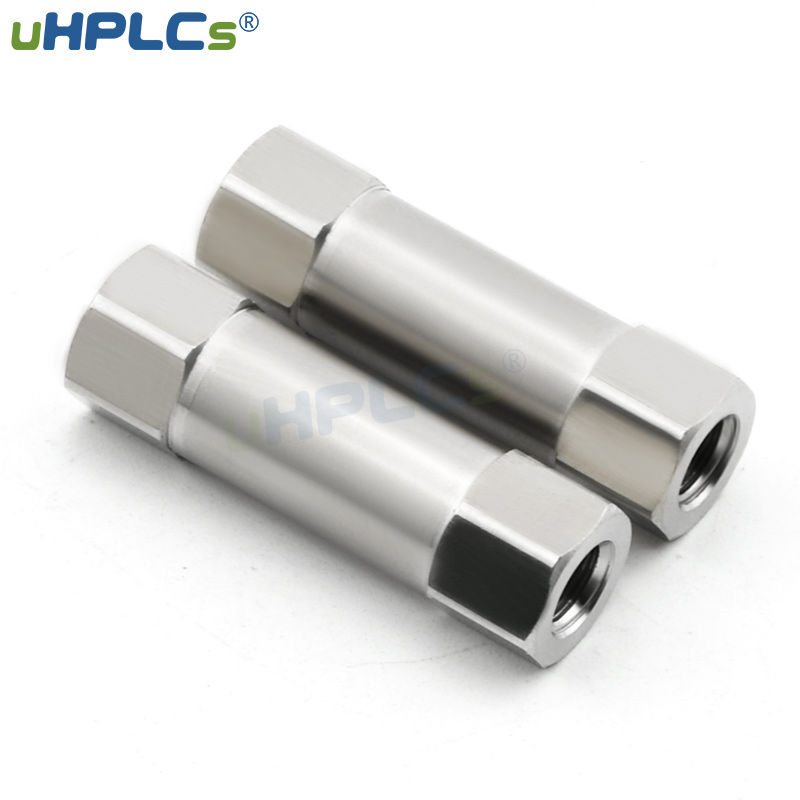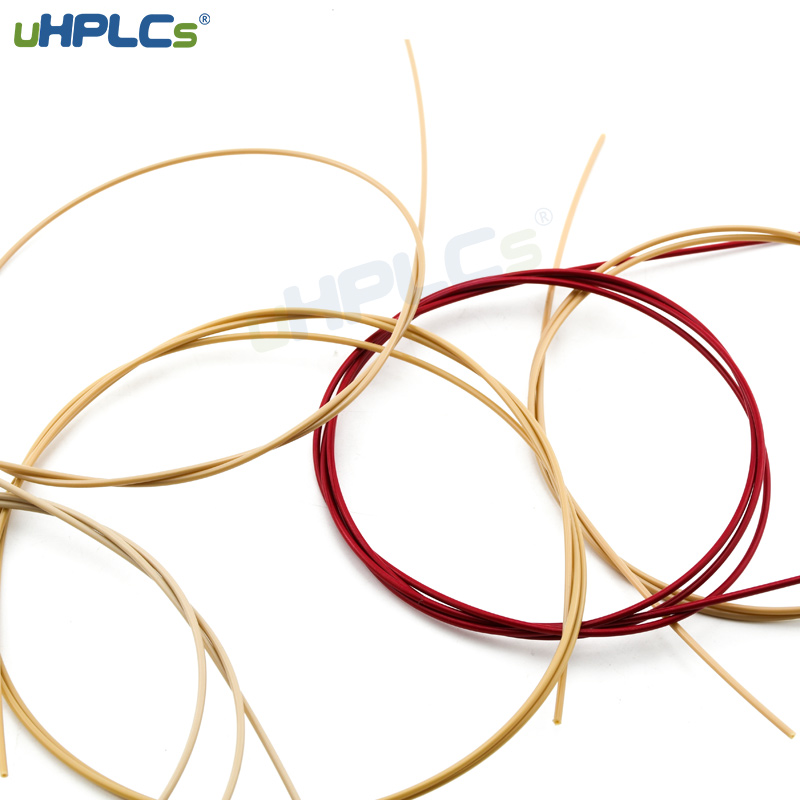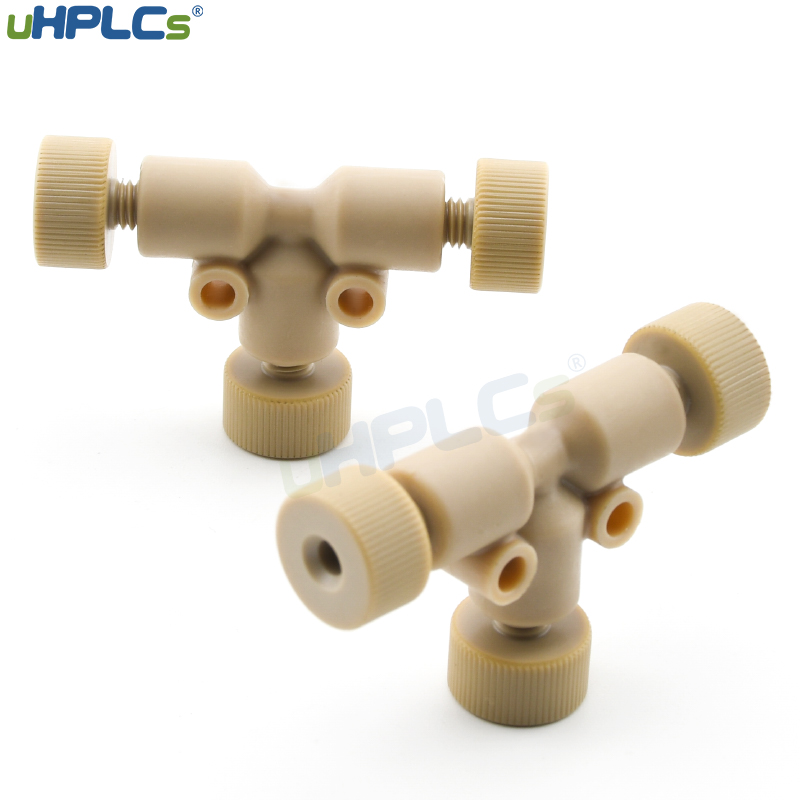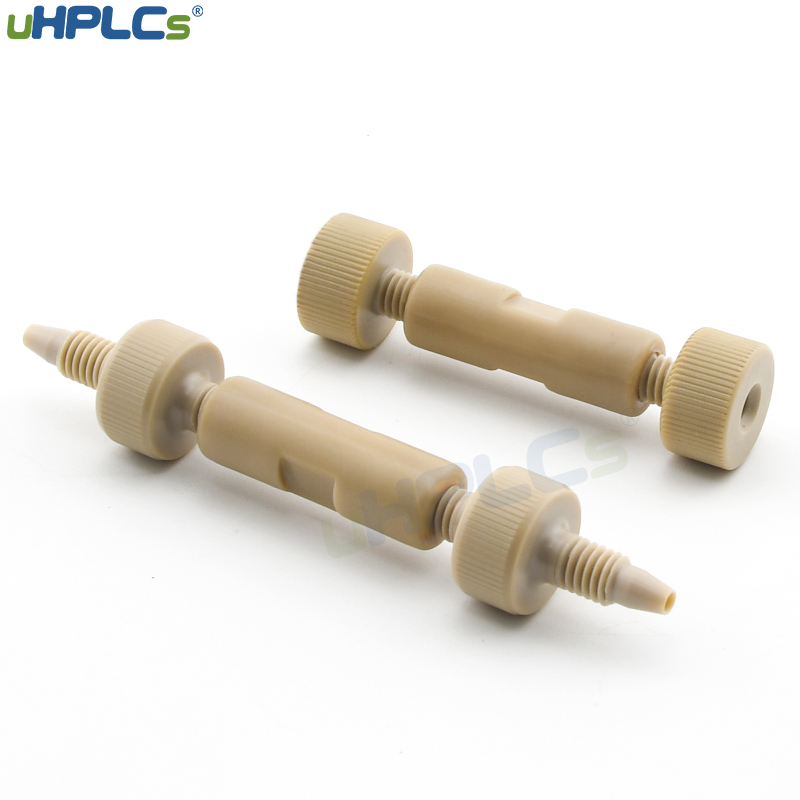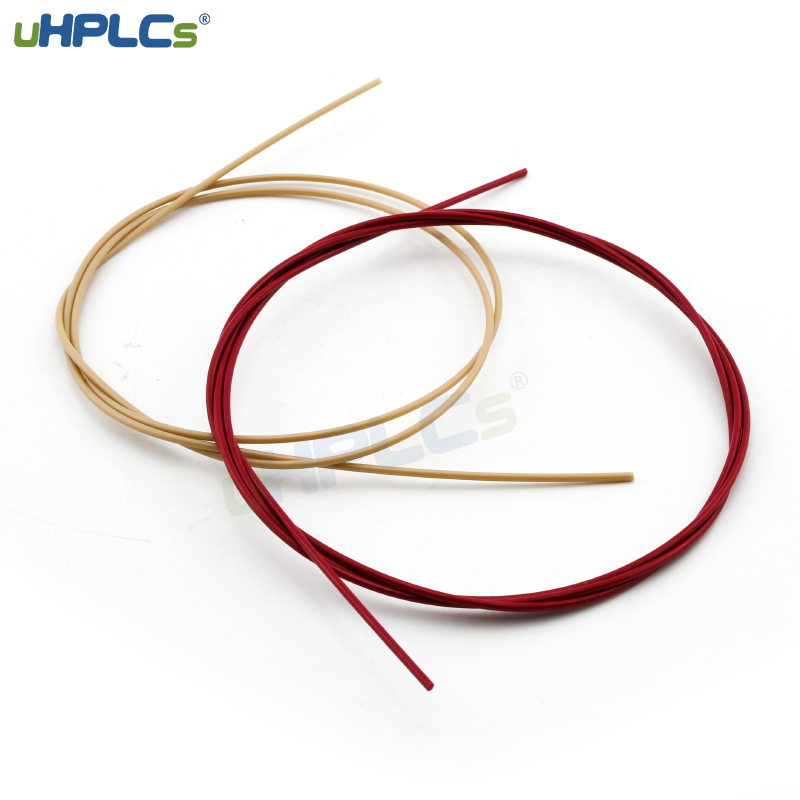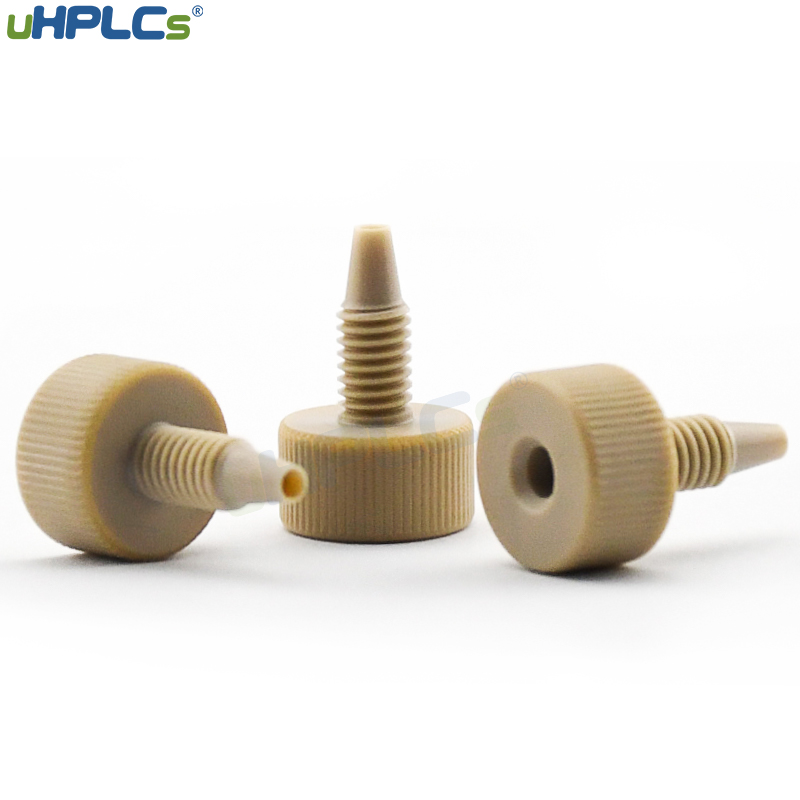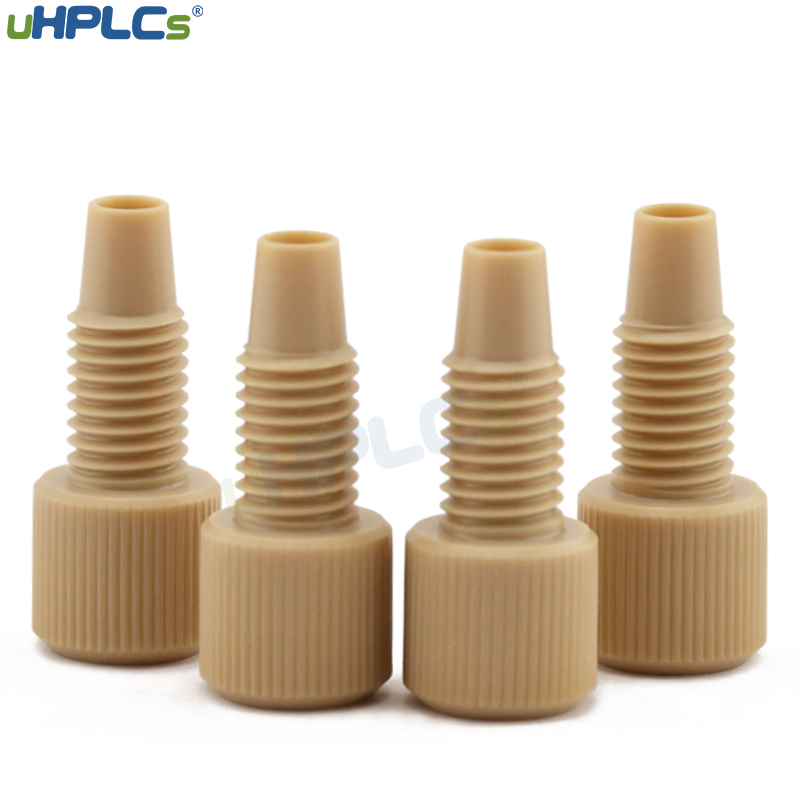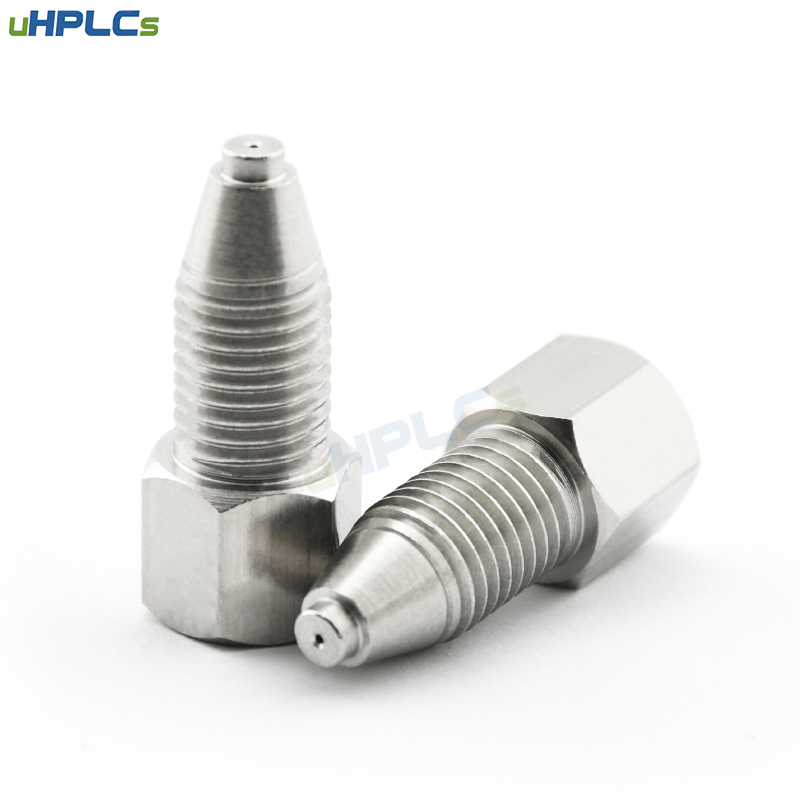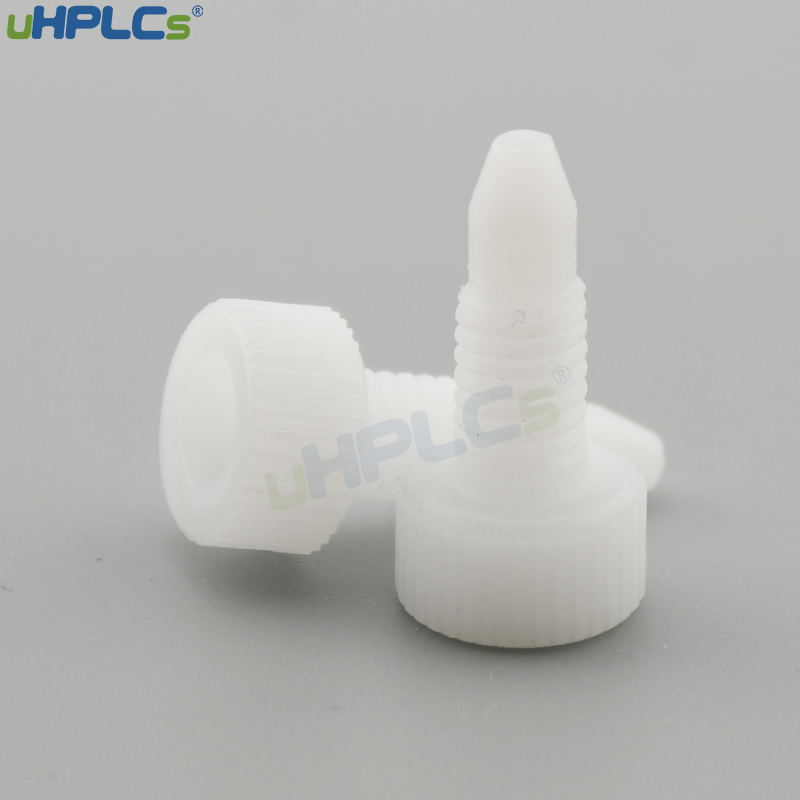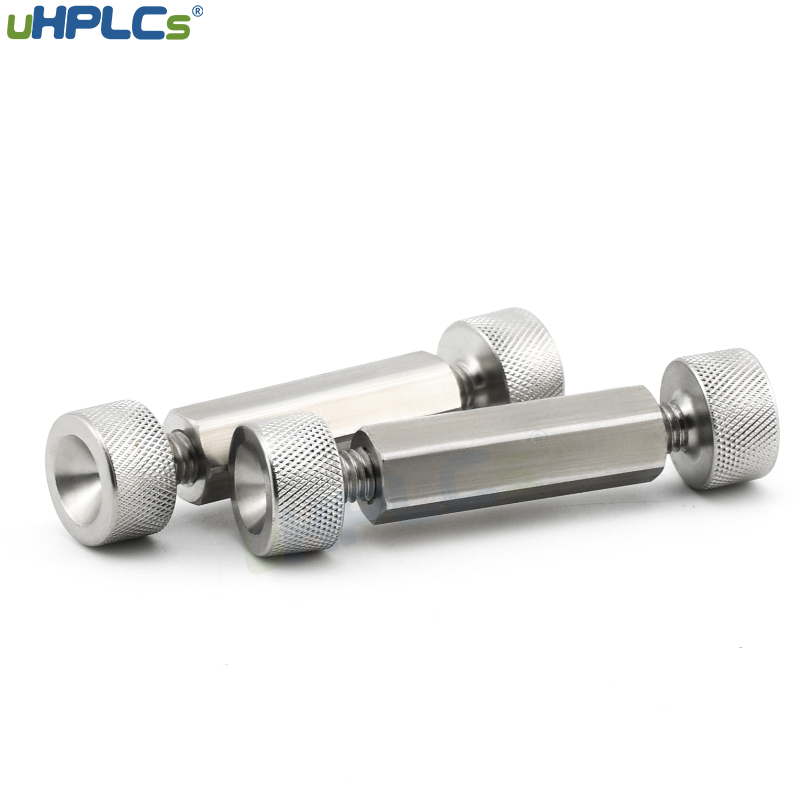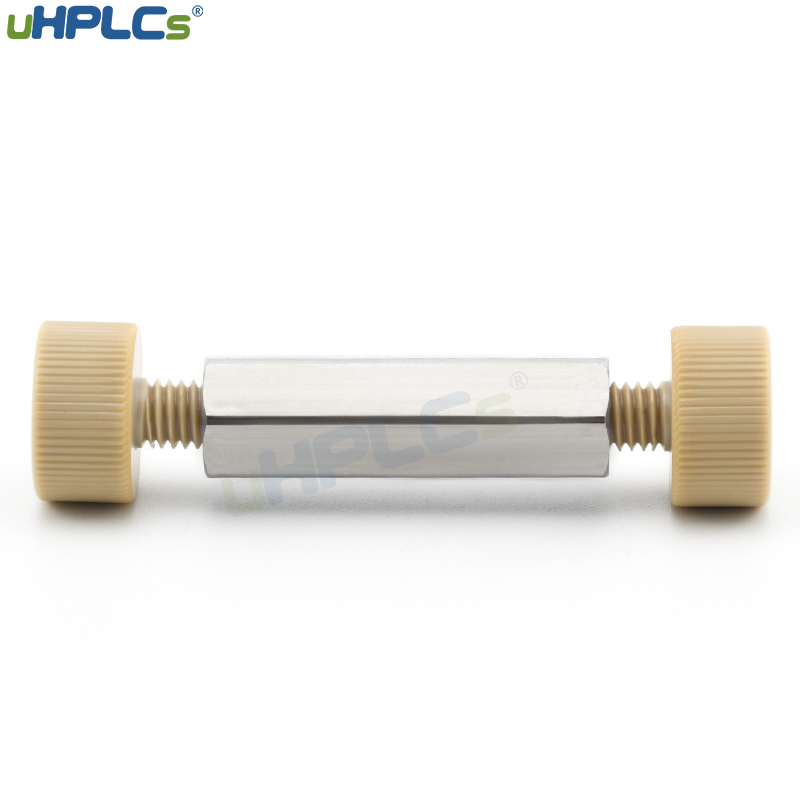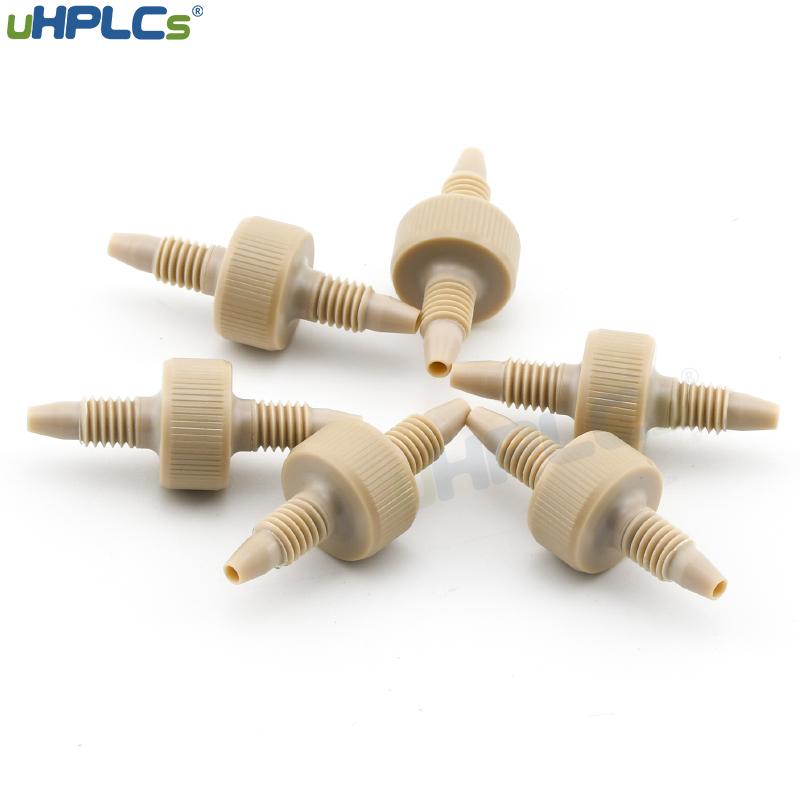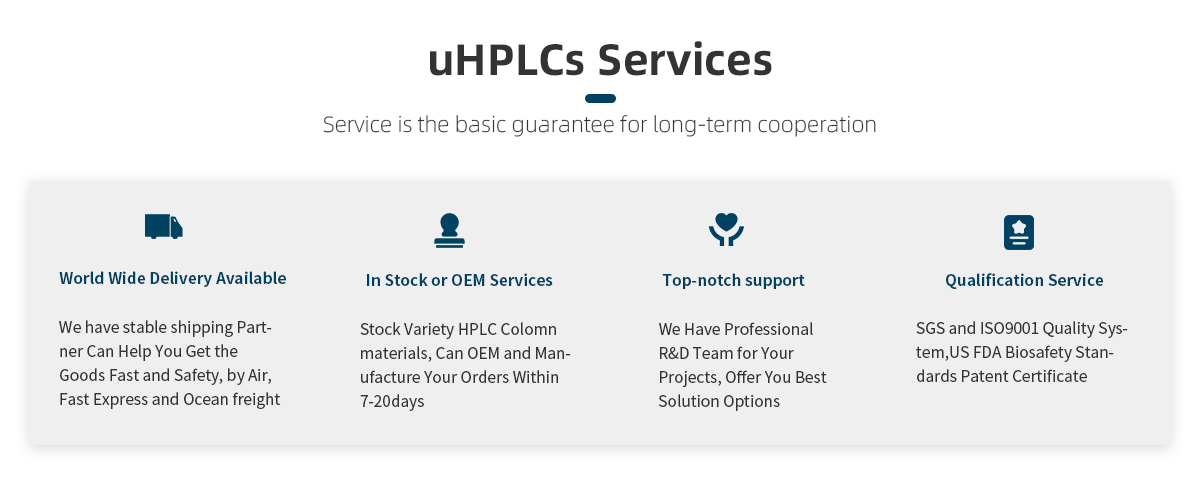HPLC Tubing Valve Fittings
Adaptability of common polymeric materials to chemical reagents:
|
Fluids |
PEEK |
|
Acetaldehyde |
1 |
|
Acetic acid (20%) |
1 |
|
Acetic acid (80%) |
1 |
|
Iceacetic acid |
1 |
|
Acetone |
1 |
|
Acetonitrile |
1 |
|
Ammonia(10%) |
1 |
|
Liquid ammonia |
2 |
|
Ammonium hydroxide |
1 |
|
Aromatic hydrocarbons |
1 |
|
Phenyl |
1 |
|
Butanol |
1 |
|
chloroform |
1 |
|
Cyclohexane |
1 |
|
Cyclohexanone |
1 |
|
Diethylamine |
1 |
|
Diethylether |
1 |
|
Dioxane |
1 |
|
Ethanol |
1 |
|
Ethyl acetate |
1 |
|
Hexane / Heptane |
1 |
|
Hydrochloride (100%) |
1 |
|
Hydrochloride (20%) |
1 |
|
Isopropanol |
1 |
|
Isopropyl alcohol |
0 |
|
Ketones (common) |
1 |
|
Methanol |
1 |
|
Dichloromethane |
0 |
|
Nitrate (100%) |
3 |
|
Nitrate (20%) |
1 |
|
Perchlorate |
1 |
|
Phosphate (100%) |
1 |
|
Phosphate (20%) |
1 |
|
NaOH (80%) |
1 |
|
NaOH (20%) |
1 |
|
Sulfuric acid (100%) |
3 |
|
Sulfuric acid (40%) |
1 |
|
Tetrahydrofuran |
1 |
|
Toluene |
1 |
|
Triethylamine |
0 |
|
Note: 1-Appropriate, no adverse effects; 2-Determined on a case-by-case basis; 3-Inappropriate/not recommended; 0-No relevant adaptation information |
|
Solvent resistance of PEEK materials at high temperatures:
|
Fluids |
Temp / ℃ |
PEEK Adaptability |
|
Acetic acid |
200 |
2 |
|
Liquid ammonia |
200 |
1 |
|
Hydrogen sulfide (gas) |
200 |
1 |
|
Methane (gas) |
200 |
1 |
|
Methanone |
200 |
3 |
|
Phosphoric acid (50%) |
200 |
1 |
|
NaOH (50%) |
200 |
1 |
|
Sulfuric acid (50%) |
200 |
2 |
|
Sulfur Dioxide (gas) |
200 |
1 |
|
Note: 1-Appropriate, no adverse effects; 2-Determined on a case-by-case basis; 3-Inappropriate/not recommended; 0-No relevant adaptation information |
||
Note: PEEK tubing will swell when containing dimethyl sulfoxide, methylene chloride, and tetrahydrofuran.
HPLC Tubing in different parts of the HPLC system:
|
Part |
Type |
ID. / mm |
Length |
Description |
|
Reservoir → Pump |
Polytetrafluoroethylene Tubing |
1.6 |
Casual |
Oxygen permeable, not for electrochemical detectors |
|
Pump → Injector |
Stainless Steel Tubing |
1.0 |
Casual |
- |
|
Injector |
Stainless steel tubing for dosing ring, polyethylene tubing for venting tube |
Depends on sample volume; 0.5 |
- |
- |
|
Injector → HPLC Column |
Stainless Steel Tubing |
0.2~0.25 |
Keep it short |
- |
|
HPLC Column → Detector |
Stainless steel tubing or polyetherketone (PEEK) tubing |
0.2~0.25 |
Keep it short |
- |
|
Detector deflate |
Polyethylene (propylene) Tubing |
0.25 |
Casual |
Use 0.25mm inner diameter 1m long tubing as a restrictor when needed. |



